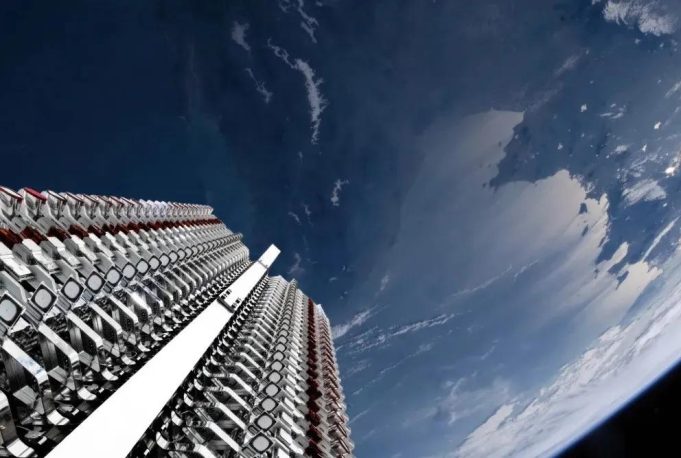
ARCLab for Space.com: Is low Earth orbit getting too crowded? New study rings an alarm bell
In an interview with Space.com, ARCLab researcher Maya Harris discusses a new study on how collision avoidance is becoming essential to mitigate the challenges posed by impending orbital capacity in low Earth orbit.
Hundreds of satellites may soon be flying in orbital regions that are already too packed to allow safe and long-term operations, a new study suggests.
The study found that, while in 2019 only 0.2% of satellites in Earth orbit were forced to perform more than 10 collision-avoidance maneuvers per month, that percentage had risen sevenfold by early 2025, to 1.4%. That number might still seem low, but it means that some 340 satellites spend a lot of time dodging debris and other spacecraft.
Moreover, the satellite population is set to keep growing. While in 2019 about 13,700 objects (including space junk) zoomed around the planet in low Earth orbit (LEO), at altitudes below 1,200 miles (2,000 kilometers), that number has since risen to 24,185 objects in 2025, an increase of 76%, according to the study. By the end of this decade, some 70,000 satellites may reside in LEO, according to industry growth predictions, representing a more than fivefold increase compared to the 2019 situation.
The study team members said that they selected 10 collision-avoidance maneuvers per month as a threshold at which satellite operation may become too complicated to be beneficial.
“Operators don’t want to be spending all their time worrying about collision avoidance,” study co-author Maya Harris, a research assistant and science graduate of the Massachusetts Institute of Technology (MIT), told Space.com. “They don’t want to spend all of their propellant doing maneuvers.”
The researchers used data from the catalog of space objects maintained by U.S. Space Command and modeled the likelihood of a collision for each pair of objects, satellites and debris alike, residing in the same orbital region. Every time two objects came within less than 66 feet (200 meters) of each other, the researchers noted the event as requiring a collision-avoidance maneuver.
…
The new study found that satellites orbiting at certain altitudes face more congestion than others. In orbital regions between the altitudes of 25 miles and 370 miles (400 to 600 km) and 435 miles and 500 miles (700 and 800 km), many satellites are already forced to dodge collisions more than 10 times per month.
“Although most of the orbit is not yet at capacity, some regions already are,” said Harris. “The two most affected areas are between 400 and 600 kilometers, where many active satellites are, and then between 700 and 800 kilometers, where there is a lot of space debris.”

